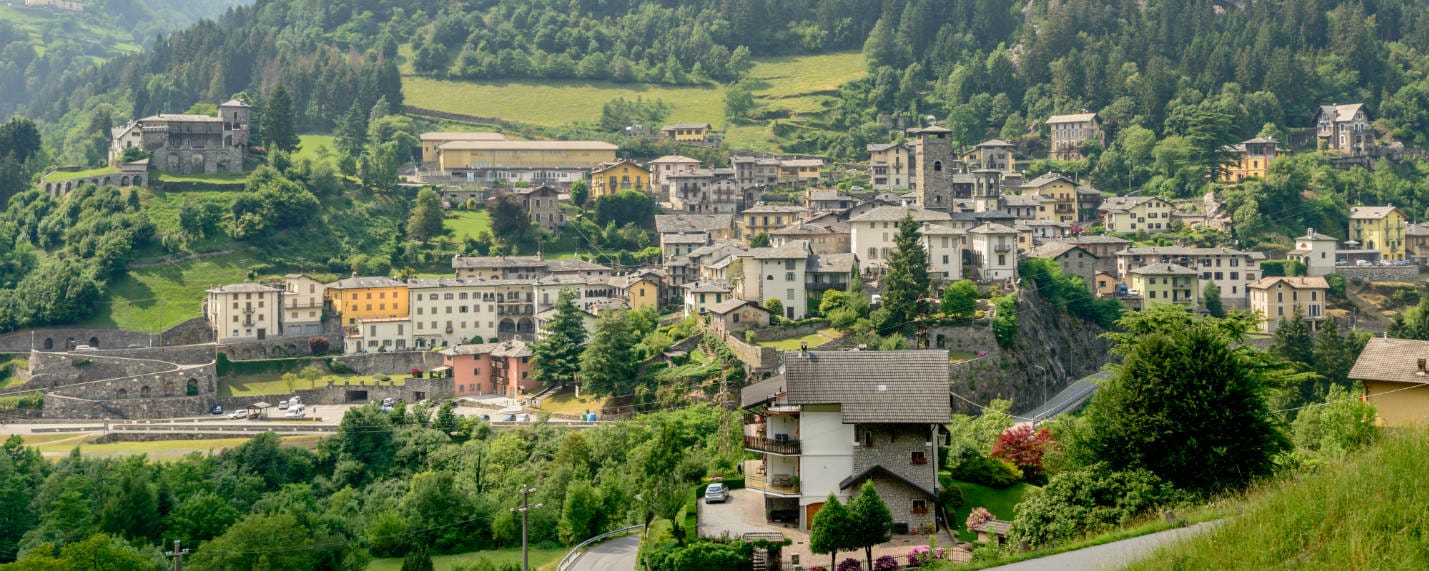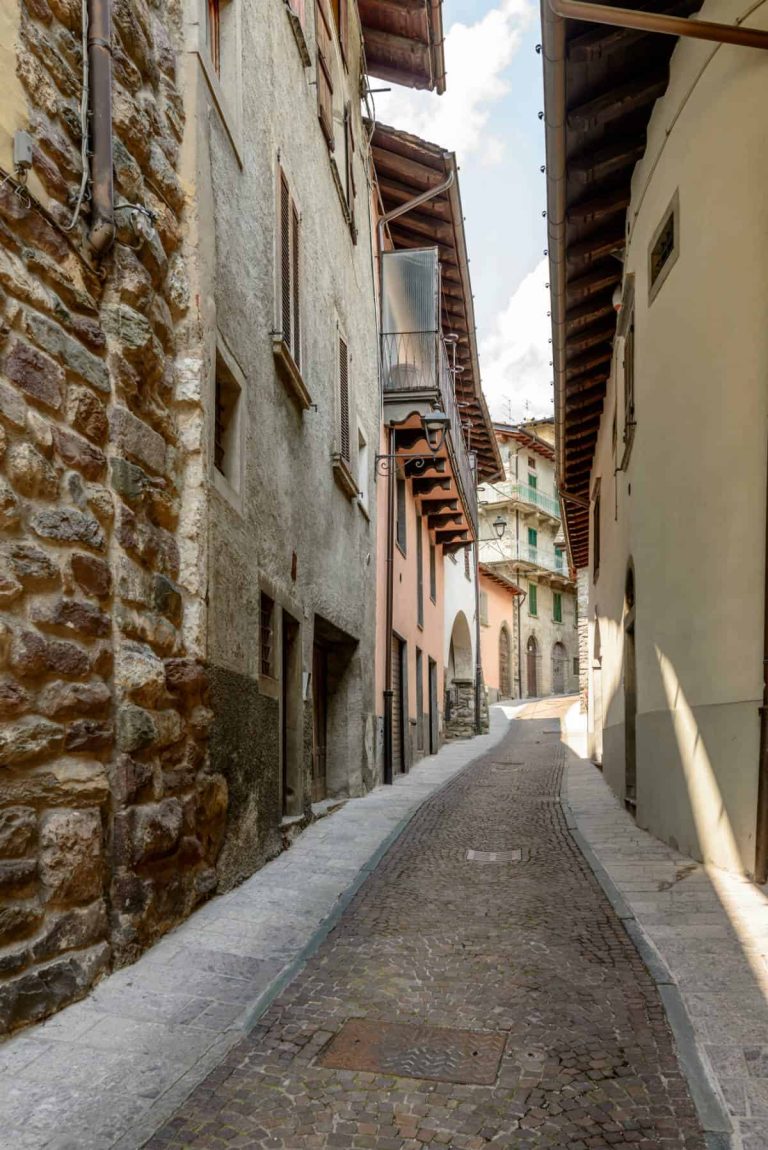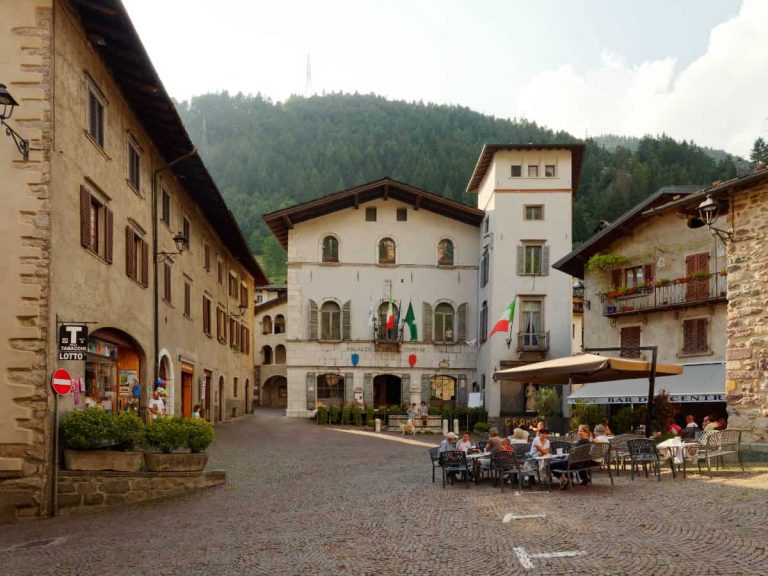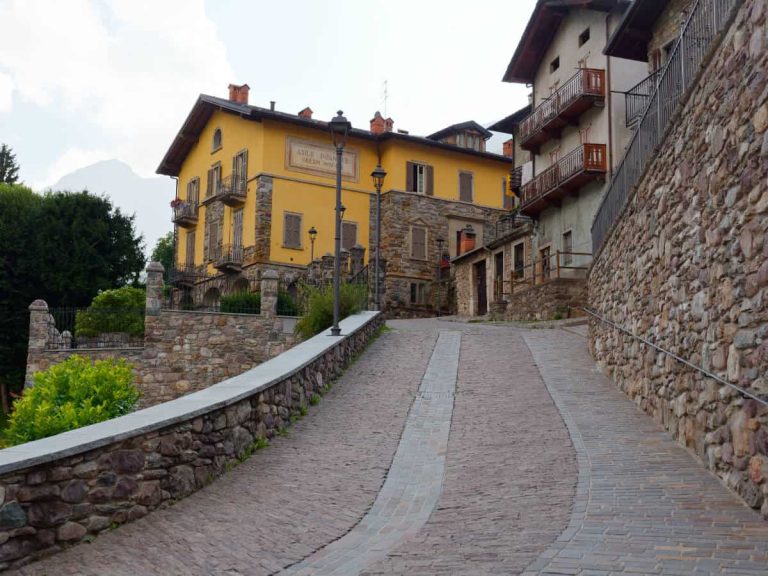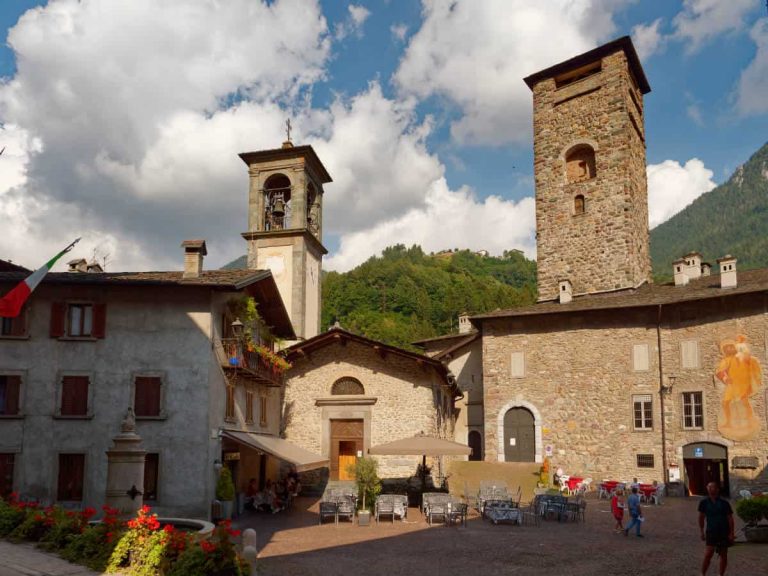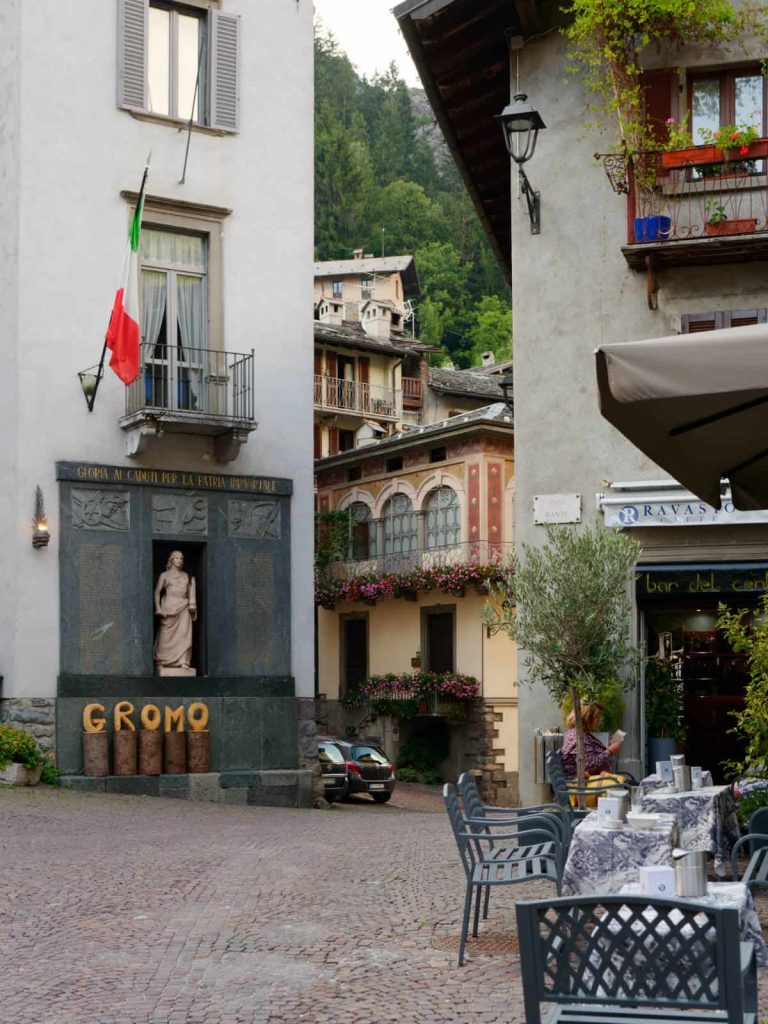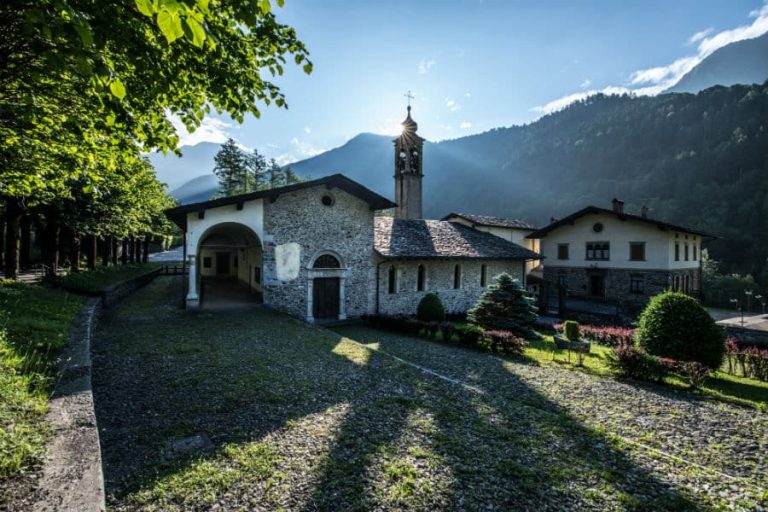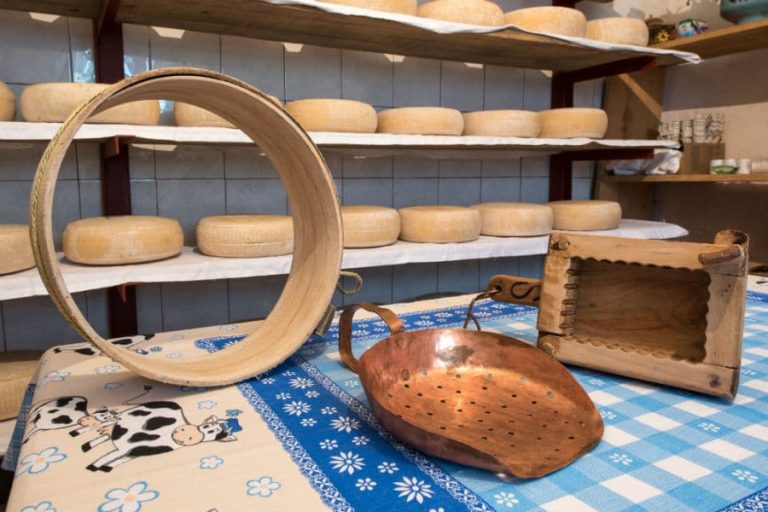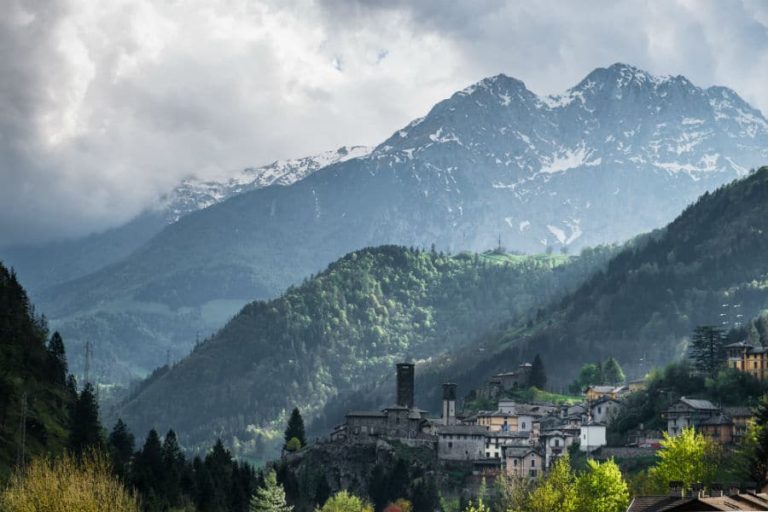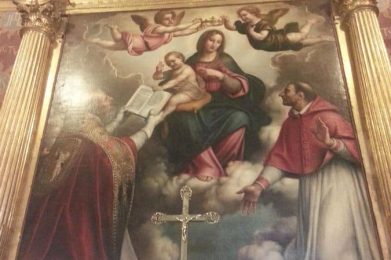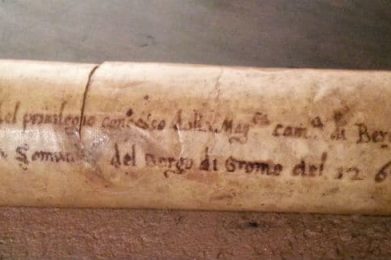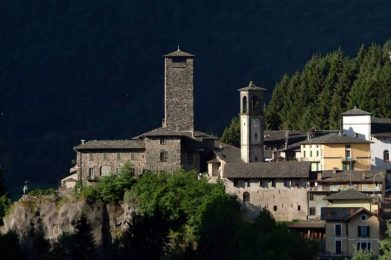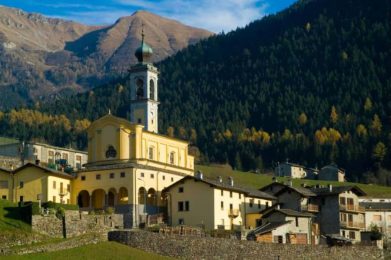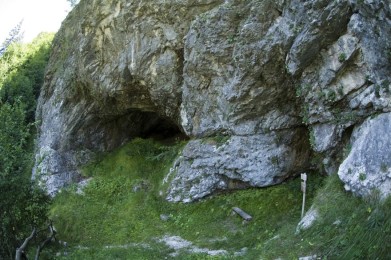Perched on a rocky spur overlooking the Seriana Valley, Gromo (Gróm in Bergamo dialect) is one of the most charming medieval villages in the Bergamo Pre-Alps. Listed among "The Most Beautiful Villages in Italy" and awarded the Orange Flag of the Italian Touring Club, it still holds the charm of its past, made of forges, towers and ancient mines.
The name itself comes from the Latin Grumus, meaning hill, high ground-a perfect reference to its strategic location, guarding the Serio River.
A past of iron, silver and white weapons
During the Middle Ages, Gromo was known as the "little Toledo" due to the presence of numerous forges specializing in ironworking and the production of bladed weapons, halberds, shields, and cuirasses, which were exported far beyond the borders of Lombardy. No less important was silver mining in local mines, which supplied the Bergamo mint until the 14th century.
Economic prosperity led to the development of the village, which saw the rise of castles, stately palaces, defensive towers and churches, many of which are still perfectly preserved.
Artistic and architectural treasures
Strolling through the cobbled streets and narrow alleys of the historic center, visitors encounter fascinating testimonies:
- Ginami Castle (13th century), built for military purposes and later converted into a noble residence.
- Palazzo Milesi (15th century), with its elegant Renaissance double loggia and now the Town Hall.
- The Lavanderio Tower, an ancient medieval construction that recounts the defensive origins of the village.
- The Church of San Gregorio, with valuable 17th-century works by Enea Salmeggia.
- The Parish Church of St. James and St. Vincent, custodian of a wooden altar of the fantoniana school.
Also in the heart of the village is the Museum of White Arms and Parchments, which preserves swords, halberds and cuirasses forged in Gromo's workshops, along with 16th-century documents and frescoes devoted to the arms trade. Next door, the Nature Ecomuseum offers an immersion in the alpine fauna of the Orobie Mountains.
Traditions and community life
Gromo keeps its ancient traditions alive. Suggestive is the Good Friday procession, a nighttime celebration through medieval streets lit by hundreds of torches, culminating in the square with the statue of the Dead Christ. Typical dishes include maiassa, a rustic cake made of yellow flour, onions, apples and figs, baked and eaten on the occasion.
Nature, sports and tastes
The village is more than just history and architecture: surrounding Gromo are fir forests, green meadows and landscapes ideal for hiking. In summer, it is a starting point for trekking and mountain biking itineraries in the Sedornia Valley and Orobie Mountains; In winter, Spiazzi di Gromo offers alpine skiing, cross-country skiing and skating slopes, with modern facilities and cozy shelters, For those who want to relax, Le Fucine Park offers picnic areas, small lakes and spaces ideal for families.
There is no shortage of gastronomic specialties: among them, the formaggella di Gromo, with its intense flavor and fragrance of alpine herbs, an authentic symbol of local dairy production.
A village to experience
With its black slate roofs (piòde), stone houses, medieval towers and timeless atmosphere, Gromo is an authentic journey into the heart of Bergamo's Alpine history. A village that combines art, nature and tradition, capable of providing emotions in every season.

